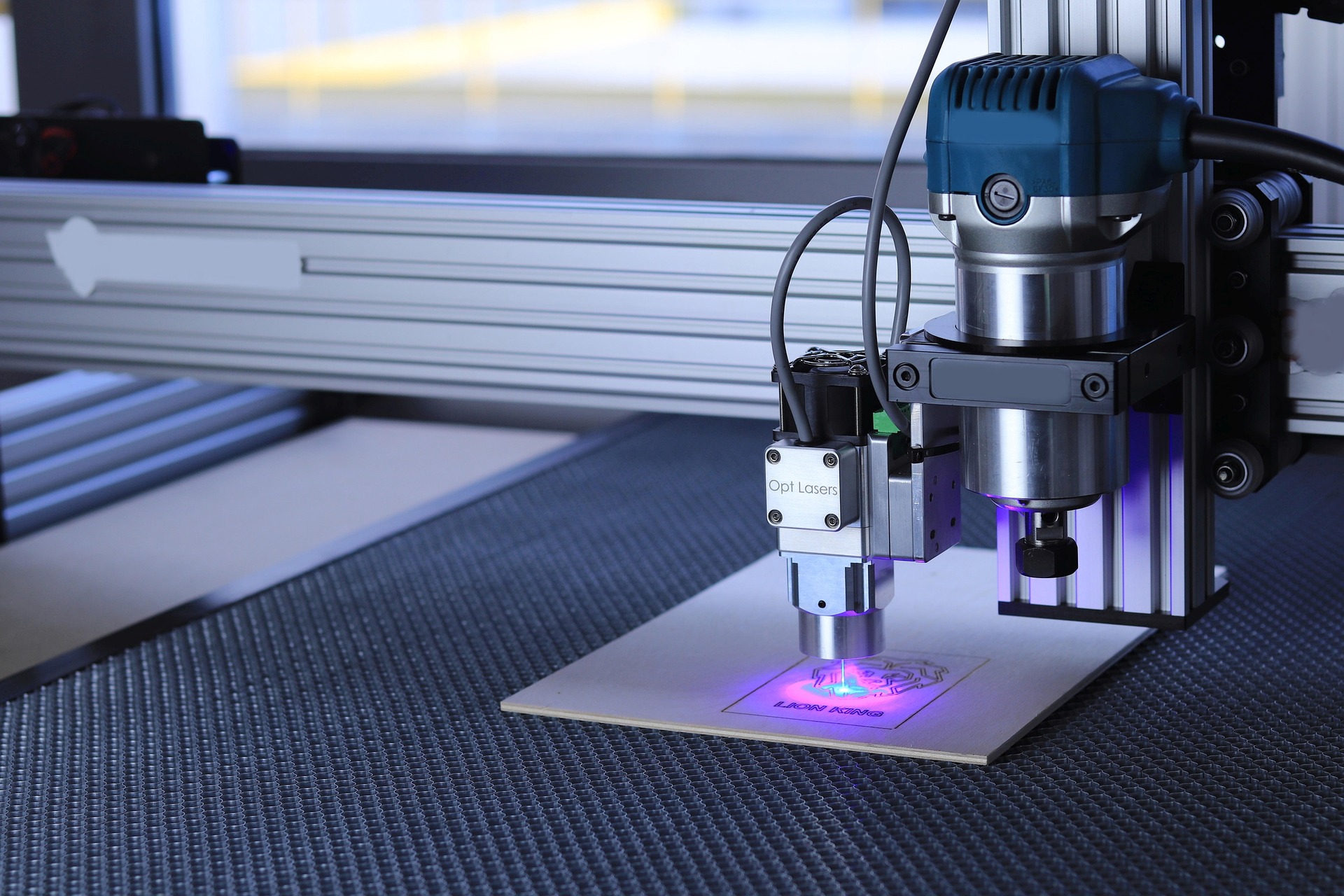Engraving
CO2 laser can engrave a wide range of materials with high precision. Here is a list of materials on which a CO2 laser can be used for engraving:
Wood
1. MDF boards
2. Plywood
3. Solid wood
4. Veneer wood
5. Bamboo
Plastics
1. Acrylic (PMMA)
2. Polycarbonate (PC)
3. Polystyrene (PS)
4. PET
5. ABS
6. PVC (with caution due to harmful fumes)
7. Nylon
8. Delrin
Fabrics and textiles
1. Cotton
2. Silk
3. Linen
4. Polyester
5. Wool
6. Leather (natural and synthetic)
7. Felt
8. Canvas
Paper and cardboard
1. Paper (e.g., regular, cardboard, craft paper)
2. Greeting cards
3. Label paper
4. Cardboard (solid and corrugated)
5. Tissue paper
Glass
1. Glass (engraving on the surface to create designs, patterns, and logos)
Metals
(engraving only)
1. Non-ferrous metals (e.g., aluminum, brass, copper)
2. Anodized aluminum
3. Stainless steel (with a special marking compound or coating)
4. Coated metals (like painted or anodized surfaces)
Stone and ceramics
1. Marble
2. Granite
3. Slate
4. Ceramic tiles
5. Quartz
6. Glassware
Rubber
1. Rubber stamps (used for making custom rubber stamps)
2. Synthetic rubber (like silicone and neoprene)
Leather
1. Genuine leather
2. Synthetic leather
3. Faux leather
Other materials
1. Acrylic glass (PMMA)
2. Cork
3. Bamboo
4. Horn
5. Parchment paper
6. Fiberglass (surface engraving)
